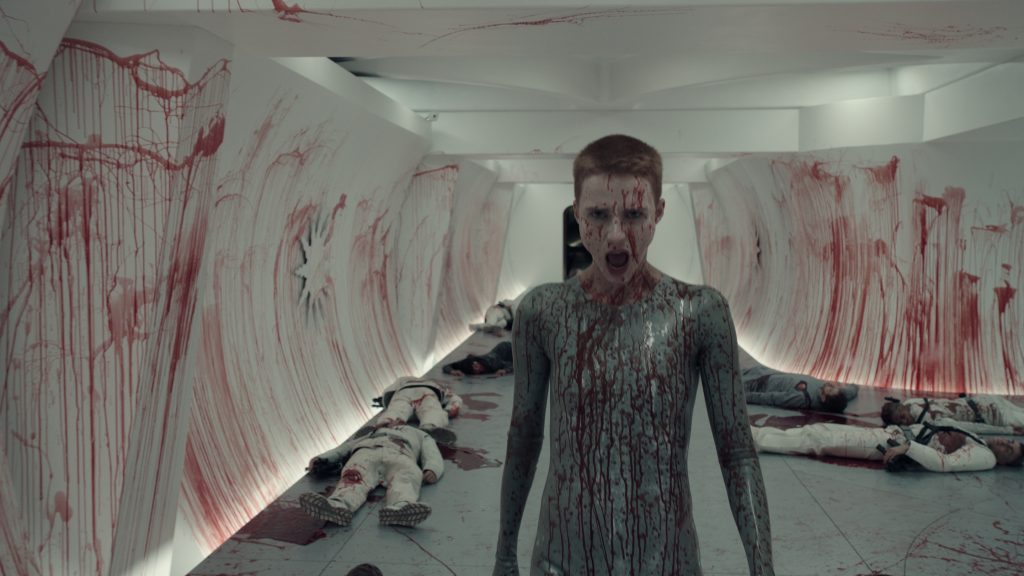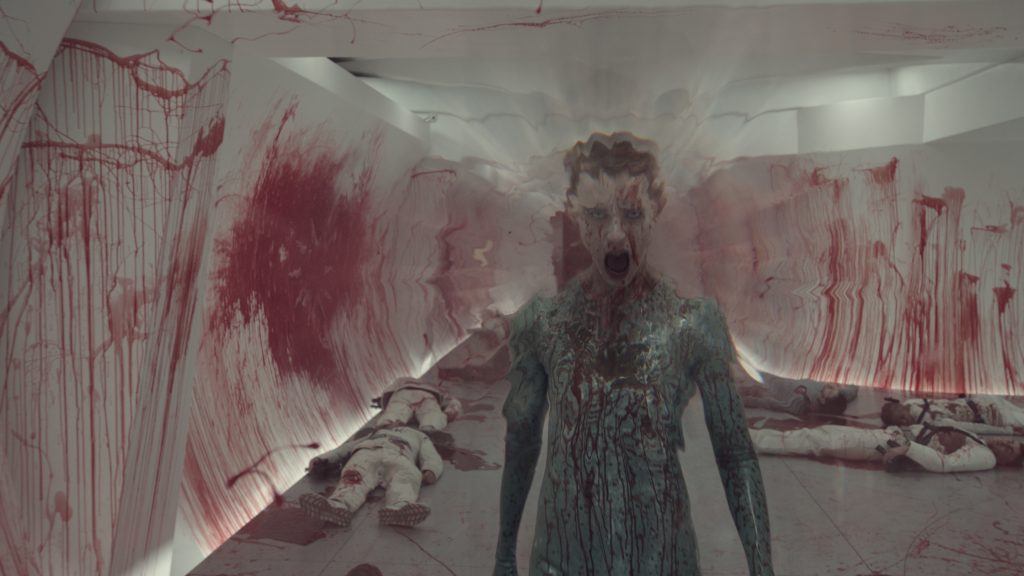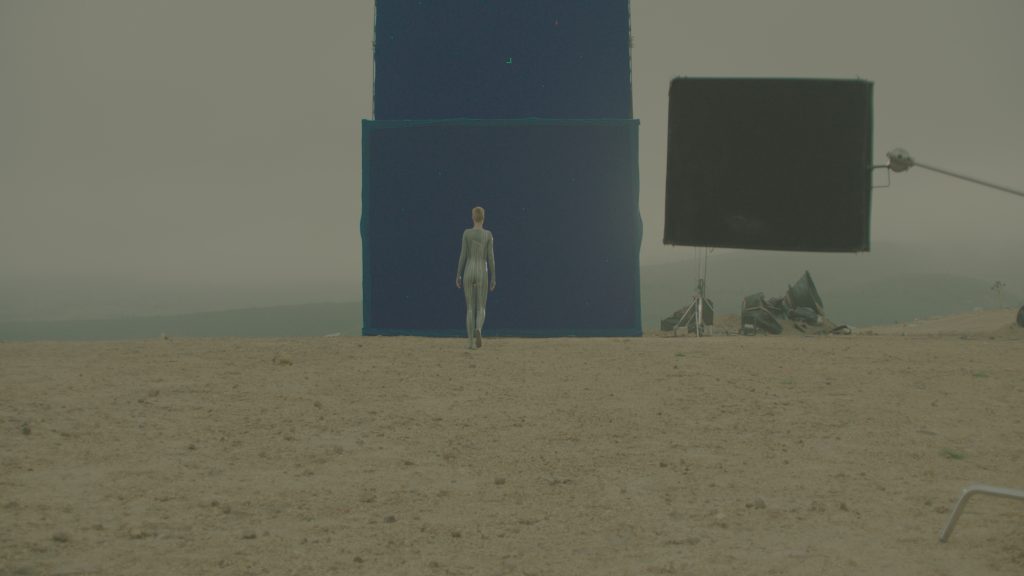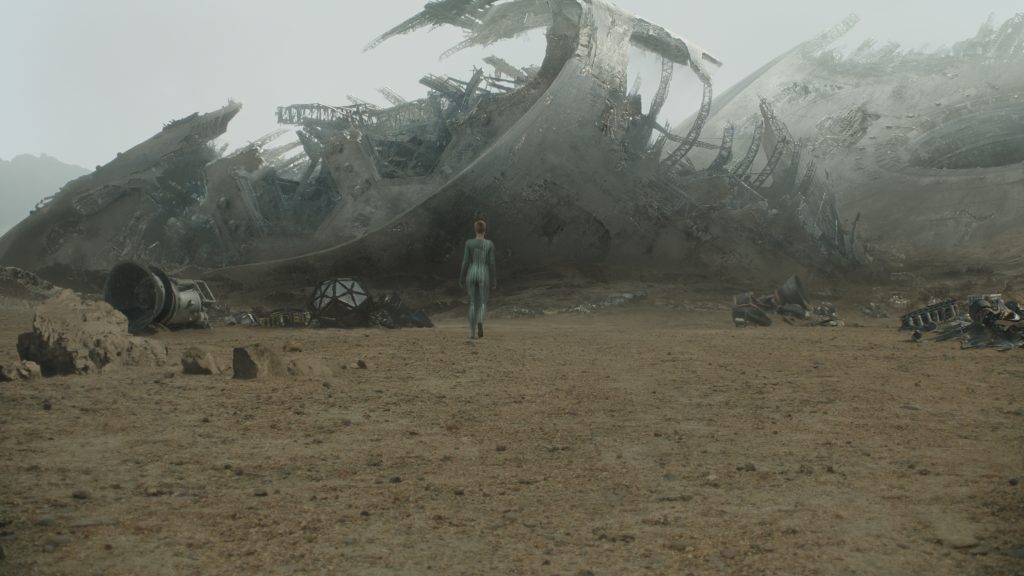
HBO Max’s ‘Raised by Wolves’ has been making waves with its stellar imagery and exceptional storyline across the world.
Working with overall VFX supervisor Ray McIntyre Jr. during post-production, from June 2019 through summer 2020, MR. X delivered 476 visual effects shots for the series, with work spread between its Toronto and Bengaluru studios.
Having worked in the visual effects sphere for over 30 years, McIntyre Jr. has lent his VFX expertise to various shows including Live Free or Die Hard, Looper, After Earth and Rim Of The World and big ticket Hollywood movies like The Chronicles of Narnia: The Voyage of the Dawn Treader and Cats and Dogs 2.
Creating otherworldly VFX for a series that revolves around two androids raising human children on a mysterious virgin planet was no mean feat. We spoke to overall VFX supervisor Ray McIntyre Jr about on-set VFX intricacies, planet Kepler and the future of VFX.
Here are the excerpts –
You have worked on an extraordinary breadth of projects in your career over the years. How did you start your journey into VFX?
I learned about the traditional film business in the late 1970’s and 1980’s. This was before digital visual effects even existed. During the 1980’s I earned an engineering degree and wrote computer software.
In the late 80’s, off the shelf computers became available with some very early visual effects software programs, like Cosa After Effects (which was purchased by Adobe in the 90’s). With my understanding of software and computers, along with my film knowledge, I decided to leave my engineering job and started working in visual effects in 1987.
Given how long you’ve been in the industry, having seen effects industry from a very nascent stage to where it stands today, how has the VFX Industry evolved?
As you mention, I started in the early stages of VFX, and this has definitely shaped my approach to VFX in general. Since I came from a time where CGI VFX shots could not be created as convincingly as today, my approach then and still is, to start with as much live action imagery as possible and then augment with CGI. Even when I am creating a full CGI environment, I tend to shoot representative practical environments so I can look at them for lighting cues and other hints that I can then apply to the CGI environment to make it look more realistic.
I do not believe that just because we can create something fully CGI, then we should; especially when there are other alternatives that should be considered.


Sir Ridley Scott is known for his distinct style of filmmaking. How was it like working with him? What do you have to say about his approach to filmmaking and his understanding of VFX?
Yes, Sir Ridley Scott is one of the most well known and distinguished directors there is today. Personally, I will add, Ridley (RS) is a wonderful human being and he was terrific to work with.
Ridley is extremely creative and can articulate clearly what he wants both verbally and via his own drawings. RS was an art director prior to becoming a director, so he has the ability to draw and shows me what he is looking for, a real luxury for a VFX supervisor.
His approach to making Raised By Wolves was for every shot to have a purpose and help tell the story. For example, each of the many hologram shots is meant to visually show what is happening without any dialogue needed. Ridley’s approach to visual effects mirrors my own, start with something practical if at all possible and then augment with CGI as needed to create the desired result.
What are the technological strides in the VFX Industry that pique your interest?
For me, it is all about lighting. The more nuances VFX artists can apply to the CGI, we create the better. In order to do this, I need artists to be able to create more renders and iterations for me to view and give comments. The next iteration needs to be turned around sooner than is possible today, so we can see more versions in the same amount of time. So I am a fan of the real-time rendering push that is happening now.


Planet Kepler looks absolutely stunning. What sort of references, briefs and creativity went into creating planet Kepler? Did you have to study any data from NASA to understand what other planets could look like?
Thank you. Most of the credit for the look of Kepler needs to be given to the on set team in South Africa. This includes, Ridley, art directors, set build, construction and many more. The perfect site with majestic mountains was found (that happened to have clouds that moved in very quickly), many acres of land were bulldozed, sets built on the location and trees brought in and planted.
Yes, VFX augmented many shots so they would appear as if we are looking at a different backdrop even though we were shooting at the same location. In some cases, VFX created full CGI environments, but most of the time VFX had an amazing looking practical shot to begin with and then modify.
In my opinion, that is why the look of Kepler is so successful, we started with something real.
What are your views on virtual production or volumetric virtual production fused with game engines especially Unreal Engine 5?
As I mentioned above, I am a big fan of real-time rendering and therefore Unreal Engine. I think this will bring about better-looking VFX shots in extremely tight time frames that will fool audiences into thinking that the environment is practical. I am also a fan of virtual production and LED volumes. However, most people need to realize that to make virtual production really worthwhile, a production needs to shoot / build / create the environments needed weeks ahead of time, then test them on the virtual stage to be sure they will look as intended and do not have any technical issues like camera movement lag and many other problems that might come up.
Virtual stage shooting requires production to plan what they want before they start shooting. Many productions do not have their staff, the story or even the desired look early enough to make good use of virtual production.
Do you think future is headed in the direction where location-shooting can be completely erased?
Eventually, but not yet. Technically we may be there soon, but creatively, I do not feel virtual production stages should be used in place of location shoots when the actual location exists as is and can be shot as is. An actual location may be cheaper than shooting within a virtual stage. When pre-made high res content exists for virtual stages and production can come in without much preparation, then we are close to erasing the need for location shooting. A production needs to be able to choose an environment, quickly, make some simple modifications to fit their needs and shoot. That’s when virtual production will be ready for most. Until then, virtual production stages are best for those who are well prepared ahead of time.

